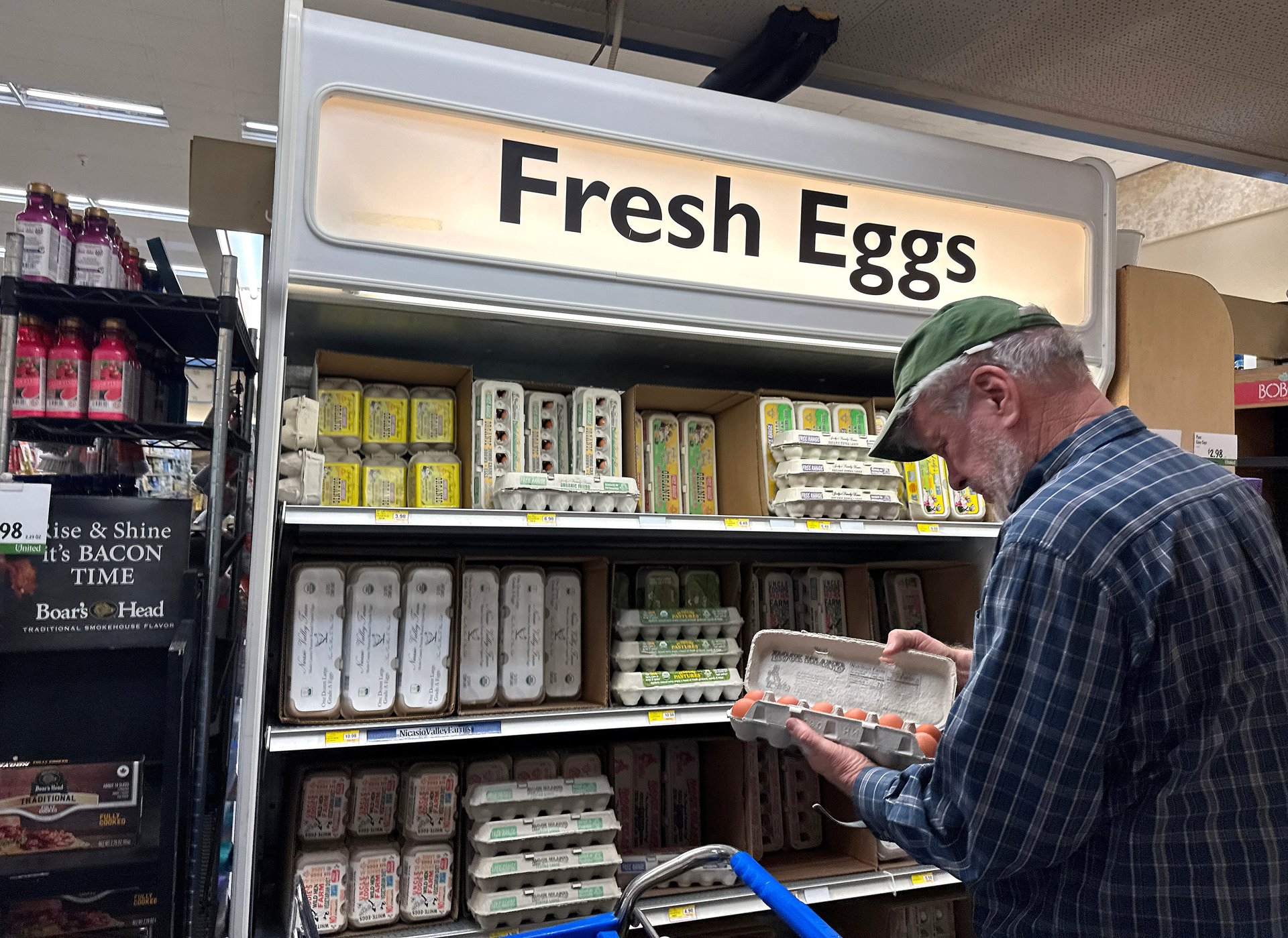Inflation cools. What the CPI report says about the economy
Shelter and energy prices increased, but food prices fell as the latest read on U.S. households' economic pain showed inflation cooling slightly — for now

Inflation cooled more than expected last month, with consumer prices rising 2.3% year-over-year in April, down from a 2.4% annual rate in March.
The April Consumer Price Index (CPI) report, released early Tuesday, marked the lowest annual inflation rate since early 2021 and the third consecutive month of deceleration, edging closer to the Federal Reserve’s recently reiterated target of 2%.
While shelter and energy costs rose modestly month over month, and egg prices rose steeply year over year, the larger picture is one of very modestly cooling prices.
Tariff pain hasn’t quite yet hit, but data is mixed
Despite President Donald Trump’s announcement of sweeping new tariffs in early April — including a 10% baseline tariff and higher rates on imports from China, autos, steel, and aluminum — their immediate impact on April’s inflation figures appears limited.
But the data is far from straightforward, because many of these tariffs were, almost immediately, temporarily paused or reduced. And many businesses had preemptively stockpiled inventory, likely delaying price adjustments. Consumers had followed suit, too, stocking up on household items where possible.
All eyes on egg prices’ rise
While food prices fell month over month, this CPI data nugget from the report is likely to grab consumer attention: “The meats, poultry, fish, and eggs index rose 7.0 percent over the last 12 months as the eggs index increased 49.3 percent.”
Overall, economists urge caution
Economists are cautioning that the full effects of the tariffs may manifest in the coming months, which could lead to rising prices and thus a rise in inflation. Some analysts have predicted that the more significant impacts could emerge from May to October, especially if the tariffs remain in place.
The Federal Reserve, which recently decided to keep interest rates steady at 4.25% to 4.5%, aims for an annual inflation target of 2%. So these numbers still represent slightly ahead-of-pace inflation. It’s likely policymakers will remain cautious, monitoring core inflation indicators for the next several months before making any moves to cut interest rates.
For now, the latest CPI report suggests a gradual cooling of inflation, offering some relief to consumers, policymakers, and politicians. But the potential for tariff-induced price pressures in the coming months remains significant. The consumer pain may just not have arrived quite yet.